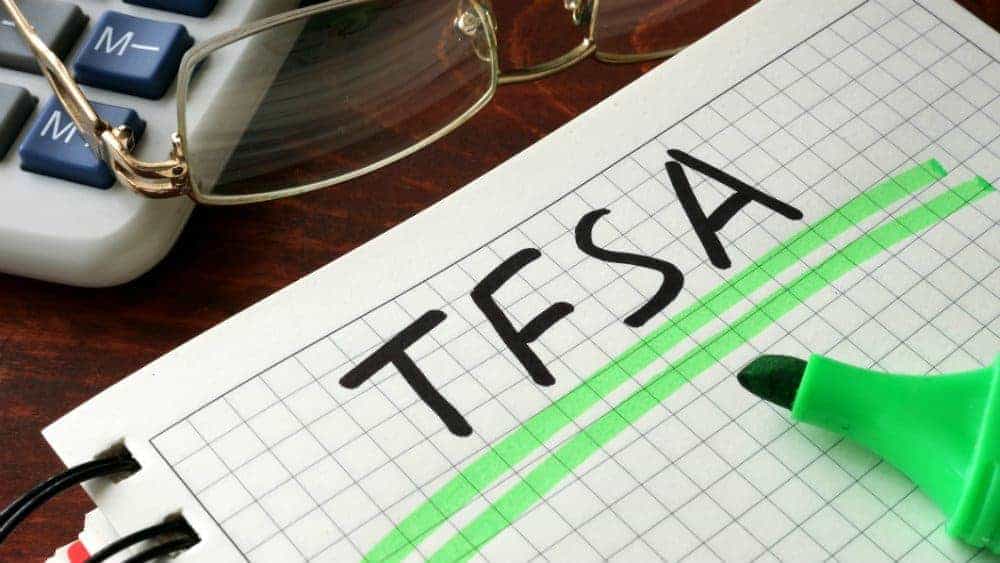The TFSA, or the Tax-Free Savings Account, offers numerous benefits to Canadian investors. The tax-free gain in the TFSA can be precious and can be useful for funding kids’ education or your retirement. But this boon can easily become a bane if not used wisely.
The TFSA contribution limit for 2020 is $6,000. Many people think that they have lost contribution room if they did not put the specified amount in their TFSAs. However, the fact is that the contribution room gets accumulated every year, and one can still use it if it is not maxed out. If you have never contributed to it, the room extends to $69,500.
TFSA: A catalyst for a long-term wealth
One of the main benefits of the TFSA is, one can make tax-free withdrawals anytime. This can be disadvantageous at times. For example, if you have contributed $50,000 in your TFSA since 2009, you will be left with $19,500 room for the current year.
However, suppose you withdrew $30,000 in June 2020 from this account and put back the same amount the next month. Now that will be an over-contribution of $10,500 ($30,000 – $19,500), and the Canada Revenue Agency (CRA) will levy a penalty of 1% per month on this over-contributed amount.
Putting low-risk, moderate-return stocks in your TFSA will create decent reserve over the long term. For instance, if one had put in $5,000 every year since 2009 in Royal Bank of Canada (TSX:RY)(NYSE:RY) stock through TFSA, the reserve would have grown close to $80,000 today.
RBC is the biggest bank in Canada and offers a secured dividend yield of 4.5%. The stock has been quite a consistent performer in the long term and has notably beat peer Canadian bank stocks.
Despite the near-term challenges, Royal Bank’s long-term growth prospects look intact. In the last few years, the bank has reported one of the highest profit margins compared to the industry average. Its diversified earnings base and quality credit portfolio will likely support a relatively faster recovery.
Tax-free investment account
Investors should diversify and consider putting money in more than one stock. If one puts in $69,500 in Royal Bank today, and it grows at the same pace for the next 10 years, the amount will grow approximately to $180,000.
See how much gain one would give up if the TFSA is used to store cash instead of some high-quality investment. Many people use it as a regular savings account, which would be like a waste of space. This will be a huge opportunity lost and will cost big over the long term.
The TFSA should also not be used for frequent trading. The large swings in equity markets might force TFSA holders to act frequently. However, the CRA will treat this as a business income and may impose exorbitant taxes.
The CRA wants you to use the TFSA for long-term investments. Earmarking some of the TFSA room to dividend-paying assets like Royal Bank can generate a passive-income stream as well as will create a substantial reserve over the long term.









